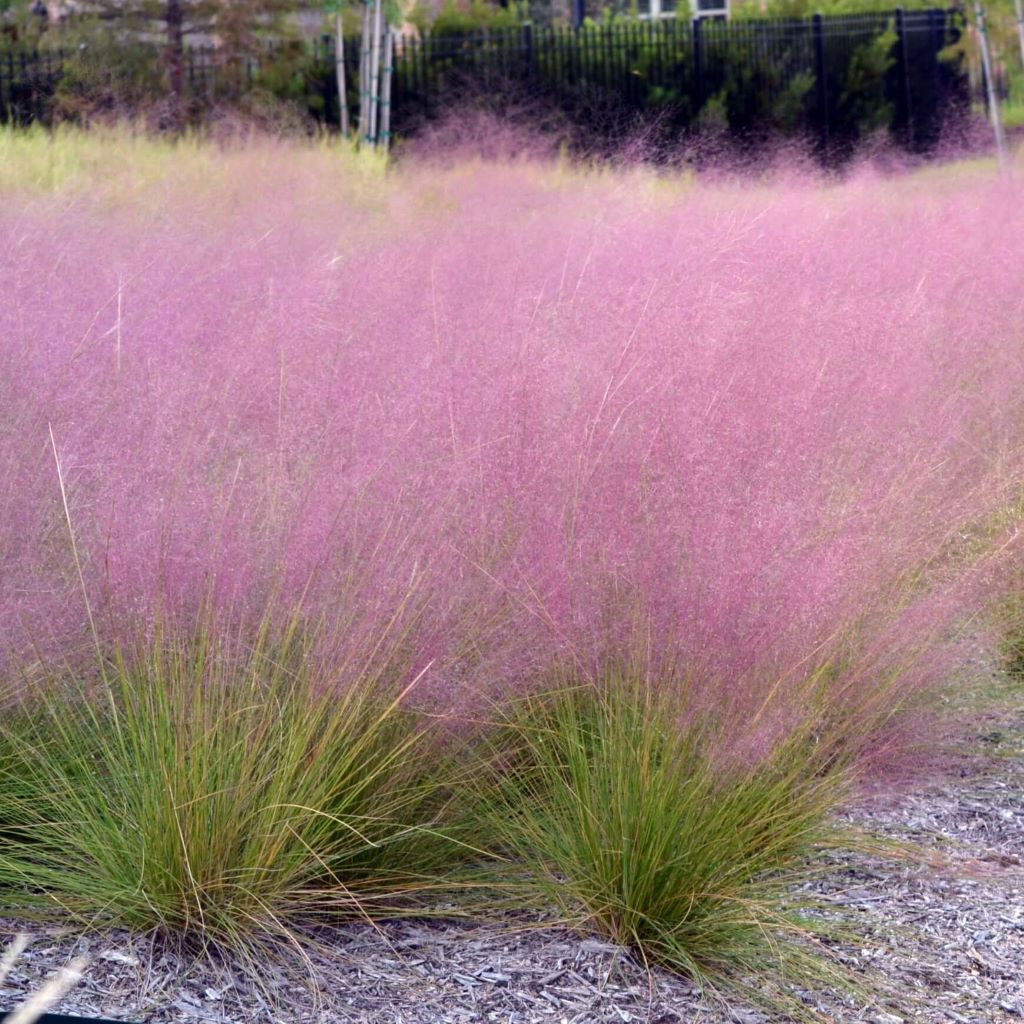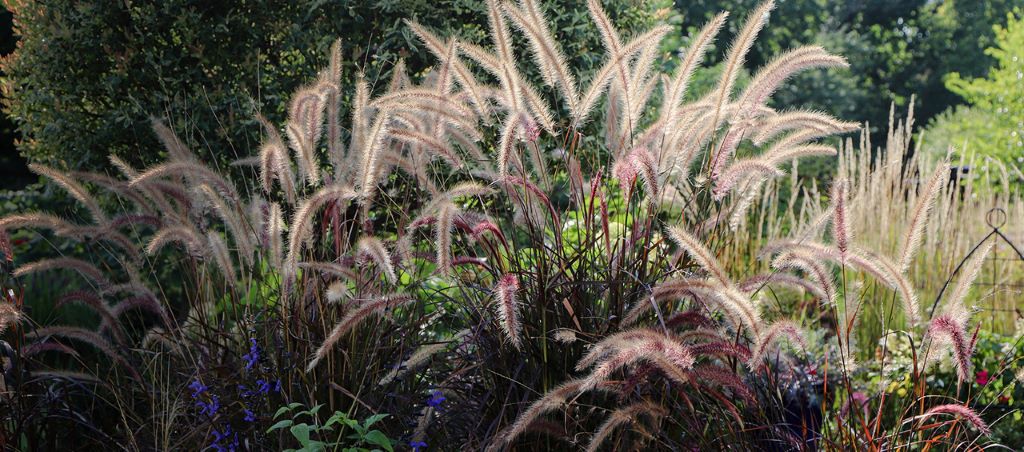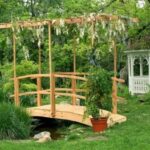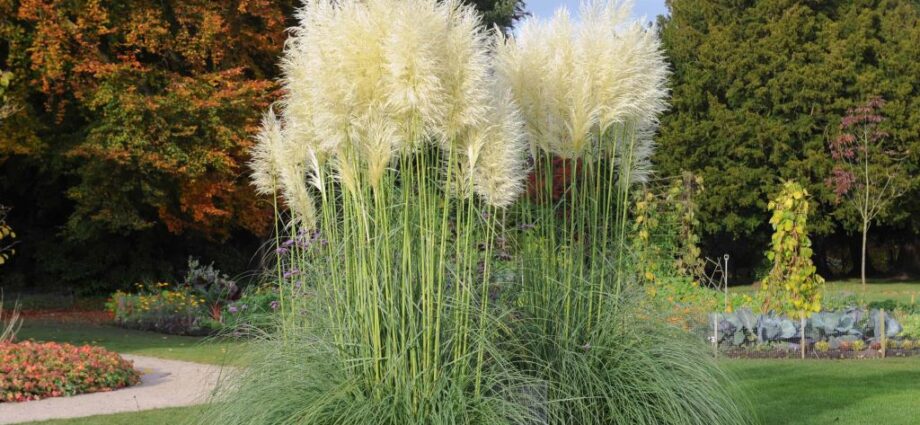Welcome to the world of lush greenery and vibrant landscapes! If you’re looking to enhance your outdoor space in the Sunshine State, ornamental grass can be the game-changer. In this guide, I’ll share my tips and tricks on caring for Florida ornamental grass, ensuring your garden becomes a picturesque haven.
Choosing the Right Florida Ornamental Grass

Selecting the right ornamental grass sets the foundation for a thriving garden. Opt for varieties that thrive in Florida’s climate, such as Muhly Grass, Fountain Grass, or Pampas Grass. These resilient plants can withstand the heat and humidity that Florida is known for.
Planting: The First Step to a Flourishing Garden
When it comes to planting ornamental grass, timing is everything. Aim for the spring or fall, avoiding the scorching summer months. Ensure the soil is well-drained to prevent waterlogging, which can be detrimental to the health of your grass.
Pro Tip: Planting in groups can create a visually appealing landscape.
Watering Wisdom for Ornamental Grass
Florida’s climate can be demanding, but so is ornamental grass. Find the sweet spot for watering—neither too much nor too little. Deep, infrequent watering is key to encourage robust root development. Consider a drip irrigation system to maintain consistency without drowning your grass.
Pro Tip: Water early in the morning to reduce evaporation and give your grass ample time to absorb moisture.
Feeding Your Green Beauties: Fertilization Tips
Just like us, ornamental grass needs its nutrients. A balanced fertilizer in spring and mid-summer can provide the necessary nourishment. Keep it light; ornamental grass doesn’t require excessive feeding. Too much fertilizer can lead to overgrowth and compromise the aesthetics.
Trimming and Pruning: Shaping Your Garden’s Aesthetics
Regular maintenance ensures your ornamental grass stays in top form. Prune away dead or damaged blades with sharp shears, promoting new growth. Depending on the variety, consider cutting the grass back to a few inches above the ground in late winter or early spring.
Pro Tip: Don’t be afraid to get hands-on – pruning is a therapeutic activity that benefits both you and your garden!
Combatting Common Pests and Diseases
Florida’s warm climate can attract unwanted guests to your garden. Keep an eye out for pests like aphids and mites. Neem oil or insecticidal soap can be effective and eco-friendly solutions. Proper spacing and airflow can prevent diseases like rust or fungal infections.
Pro Tip: Regularly inspect your grass for early signs of trouble, nipping potential issues in the bud.
Protecting Against Harsh Weather: A Guide for Hurricanes and Heatwaves
Living in Florida means dealing with unpredictable weather, including hurricanes. Secure tall grass varieties before a storm to prevent damage. During intense heat, consider providing shade to protect your ornamental grass from scorching temperatures.
Pro Tip: Mulching around the base of the grass can help regulate soil temperature and retain moisture.
How Do I Identify Florida Grass?
Identifying Florida grass without images can be a bit tricky, but depending on your situation, there are still some ways to narrow it down:
Consider these questions
- Location: Where is the grass growing? Is it in full sun, shade, near the coast, or inland? Different grasses thrive in different Florida environments.
- Appearance: Describe the grass as best you can. Is it short or tall? Fine or coarse? Light green, dark green, or even grey-green? Does it have any distinctive features like stolons (runners), seed heads, or a particular blade shape?
- Growth habit: Does the grass grow in dense clumps, spread out evenly, or form a loose mat? Does it creep underground with stolons or rhizomes?
- Maintenance: Is the grass a high-maintenance lawn type or low-maintenance? Does it require frequent mowing or watering?

Resources
- Online Resources: Several websites and databases can help identify grasses based on various characteristics. Try the University of Florida’s Institute of Food and Agricultural Sciences (IFAS) website or the USDA PLANTS database.
- Field Guides: If you have access to a field guide for Florida grasses, you can use it to compare your observations to the descriptions and illustrations.
- Local Experts: Consider contacting a local lawn care company, nursery, or extension office for assistance. They might be able to identify the grass based on your description and location.
Limitations
While these methods can help, identifying grass solely based on descriptions can be difficult, especially if it’s an unusual or uncommon type. If reliable identification is crucial, considering taking close-up photos of the grass and its various features for confirmation through image-based resources or experts.
FAQs
Q1: Can ornamental grass survive in shade?
A1: While some varieties can tolerate partial shade, most ornamental grasses thrive in full sun. Ensure your chosen variety aligns with the sunlight conditions in your garden.
Q2: How often should I fertilize my ornamental grass?
A2: Twice a year is generally sufficient – once in spring and again in mid-summer. Use a balanced fertilizer, and avoid overfeeding.
Q3: Is it necessary to prune ornamental grass?
A3: Yes, pruning is essential for maintaining the health and aesthetics of ornamental grass. Regular trimming helps remove dead growth and stimulates new shoots.
Q4: What’s the best way to protect ornamental grass during a hurricane?
A4: Secure tall grass varieties by tying them together before a storm. After the hurricane, inspect for damage and trim as needed.
Q5: Can I grow ornamental grass in containers?
A5: Absolutely! Choose a well-draining potting mix, and ensure the container has drainage holes. Water and fertilize as needed, and consider larger pots for better growth.
Last Thoughts
Caring for florida ornamental grass is a rewarding journey. Mastering indoor gardening watering is the key to unlocking the full potential of your lush oasis. By choosing the right varieties, understanding their needs, and providing proper care, embrace the simplicity and beauty of ornamental grass, letting your garden tell a story of resilience and natural elegance.










